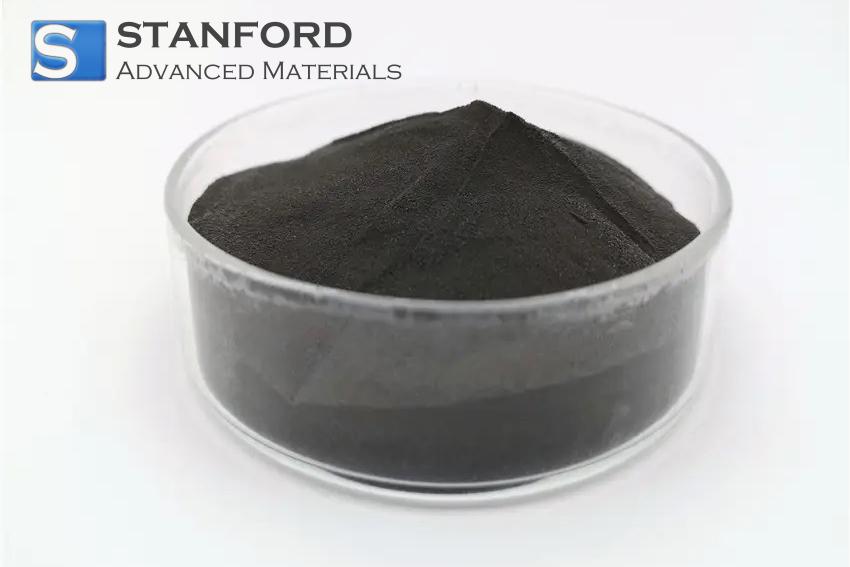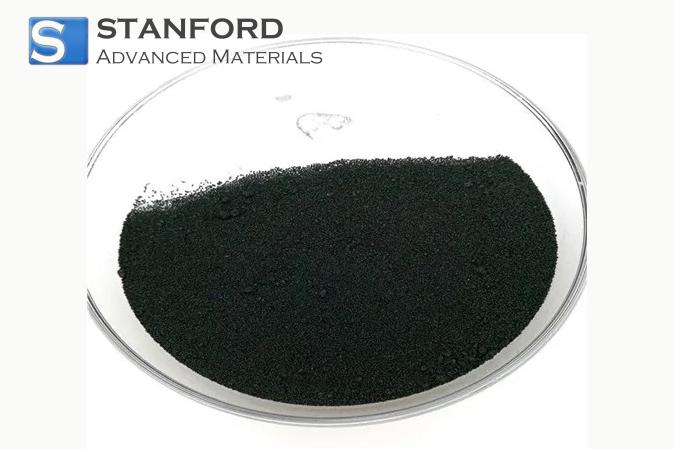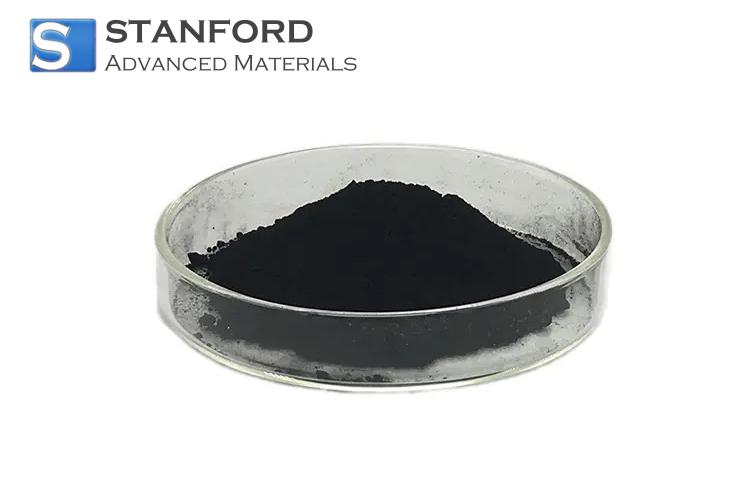Barium: Element Properties And Uses
Description
This article provides a concise overview of Barium. It addresses its elemental introduction, its chemical behaviour, its physical data, its primary applications and its preparation methods.
Introduction to the Element
Barium is a soft, silvery alkaline earth metal with an atomic number of 56 and an atomic mass of approximately 137,33 g/mol. Its naturally occurring compounds have been known since ancient times and occur in minerals such as barite and witherite. Scientific methods have enabled the isolation of pure Barium, thereby leading to extensive academic investigation and industrial utilisation.
Chemical Properties Description
The majority of Barium compounds exhibit an oxidation state of +2. This state permits the formation of compounds with oxygen, sulphur and halogens.
When exposed to air, Barium rapidly forms a protective layer of barium oxide, which prevents further oxidation.
Barium salts emit a characteristic green colour during flame tests. This property is utilised in pyrotechnics, whereby barium nitrate plays a key role in generating green hues in fireworks.
Additionally, barium sulphate is highly insoluble in water. This property is utilised in medical imaging as a contrast agent for X‐ray examinations.
Physical Properties
Barium’s physical properties are critical to its practical applications. As a metal, Barium is relatively soft and has a lower melting point compared with many other metals in its group. Its density is approximately 3,62 g/cm³ and it possesses an orthorhombic crystal structure that indicates its atomic arrangement and stability. These factors contribute to the ease with which Barium can be manipulated in industrial processes.
Due to its formability and ductility, Barium can be processed into various shapes. It is used in the manufacture of electronic components and ceramic products. However, the combination of a low melting point and high chemical reactivity requires that Barium be handled with care, thereby minimising exposure to air and moisture. For further information, please refer to Stanford Advanced Materials (SAM).
Common Applications
Barium is used in a range of products across various sectors. One significant application is in medicine, where barium sulphate is employed as a contrast medium in radiographic imaging. Due to its high atomic weight and chemical inertness, barium sulphate produces clear images of the gastrointestinal tract without affecting the patient.
Apart from medical uses, Barium compounds are utilised in the oil and gas industry. Barium is a constituent of drilling fluids, which increases the density of the liquids and thereby stabilises the drilling process.
Furthermore, barium salts are used in the manufacture of high‐quality glass and ceramics. They impart the required optical and mechanical properties to these materials.
Barium’s use in pyrotechnics, particularly in producing green flames, further demonstrates the varied range of its applications in industrial and commercial sectors.
Preparation Methods
The industrial refining of Barium typically begins with the extraction of barium sulphate from naturally occurring minerals such as barite. The extracted mineral is then subjected to a series of chemical reactions to convert it into barium chloride. This barium chloride is subsequently reduced by carbon or through electrolysis to yield pure Barium metal.
Frequently Asked Questions
What is Barium?
Barium is an alkaline earth metal with an atomic number of 56. It is known for its high chemical reactivity and its important industrial applications.
How is Barium used in medical imaging?
Barium sulphate is used as a contrast medium in X‐ray examinations due to its high density and chemical inertness.
What preparation methods are used for Barium?
Barium is produced by extracting barium sulphate from minerals such as barite, converting it into barium chloride and subsequently reducing this compound to yield pure Barium.
Why do Barium compounds produce green flames in pyrotechnics?
Barium compounds emit a characteristic green colour during combustion, which is utilised to create green effects in fireworks.
Which industrial products are produced using Barium?
Products include barium sulphate, barium nitrate and barium oxide, which are used in glass, ceramics, drilling fluids and various pigments.

 Bars
Bars
 Beads & Spheres
Beads & Spheres
 Bolts & Nuts
Bolts & Nuts
 Crucibles
Crucibles
 Discs
Discs
 Fibers & Fabrics
Fibers & Fabrics
 Films
Films
 Flake
Flake
 Foams
Foams
 Foil
Foil
 Granules
Granules
 Honeycombs
Honeycombs
 Ink
Ink
 Laminate
Laminate
 Lumps
Lumps
 Meshes
Meshes
 Metallised Film
Metallised Film
 Plate
Plate
 Powders
Powders
 Rod
Rod
 Sheets
Sheets
 Single Crystals
Single Crystals
 Sputtering Target
Sputtering Target
 Tubes
Tubes
 Washer
Washer
 Wires
Wires
 Converters & Calculators
Converters & Calculators
 Write for Us
Write for Us





 Chin Trento
Chin Trento



